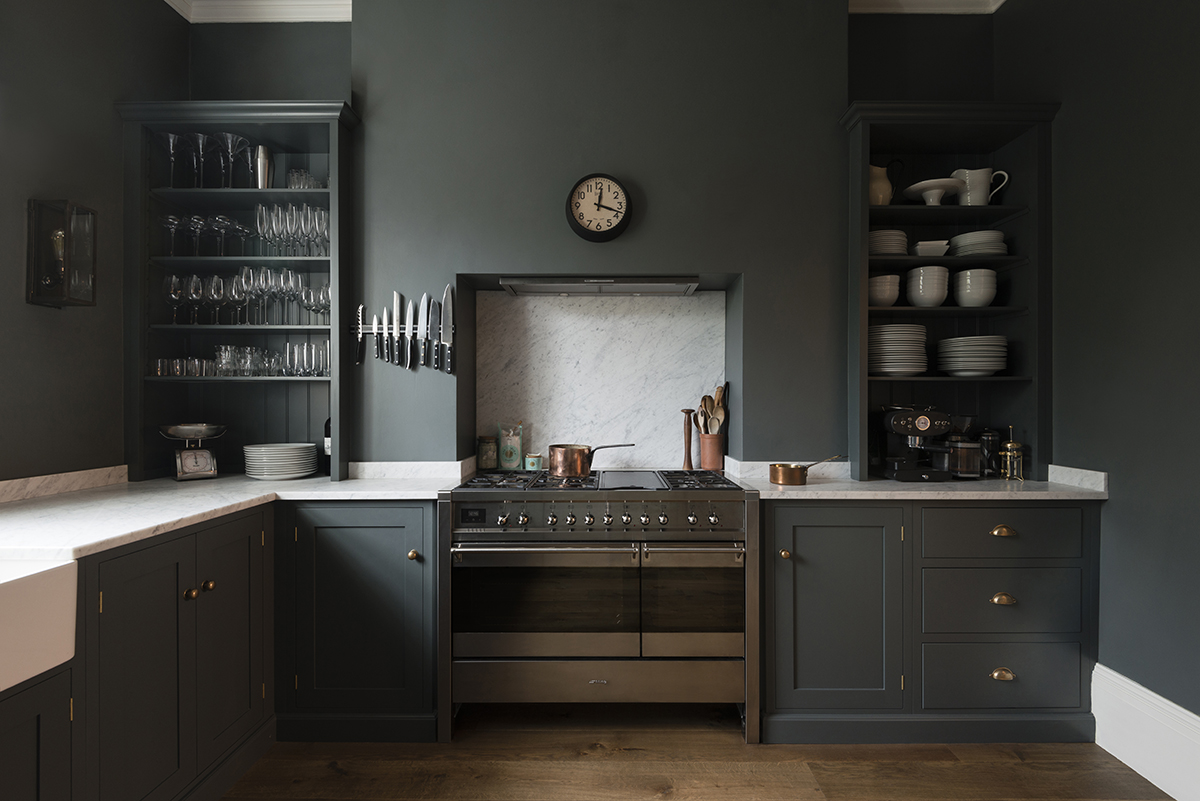
Family-owned Italian brand Smeg transforms kitchen appliances into objets d’ art
Originally established as an enamelling plant in 1948 by the Bertazzoni family, Smeg is now globally renowned for making stylish kitchen appliances. Here, the brand’s third generation family member and CEO Vittorio Bertazzoni speaks to LUX’s Editor-in-Chief Darius Sanai about consumer trends, collaborating with Dolce & Gabbana and creating sustainable products
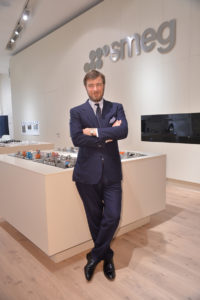
Vittorio Bertazzoni
LUX: Do you think product design has become more important for consumers in recent years?
Vittorio Bertazzoni: I would say yes if we are talking specifically about kitchen appliances, which is mainly what we do at Smeg. I think there are a number of reasons for that, maybe one of the main reasons is that nowadays the domestic space itself is becoming more and more visible and central in the house. Once the kitchen was hidden, but today it is more and more visible. People like to gather in the kitchen with friends and family, so of course they want to have more beautiful kitchens. The other reason is that you have more and more appliances in the house generally. Nowadays, people like to buy steam ovens, dishwashers and lots of other appliances so it makes sense for everything to be more consistent in terms of style.
Follow LUX on Instagram: luxthemagazine
LUX: Do you think it’s a global trend?
Vittorio Bertazzoni: Definitely, maybe it wasn’t the case a few years ago but it has become a global trend because of higher attention towards food and health and the rise of like TV programs such as [The Great British] Bake Off and MasterChef. There is a global trend that starts with food then eventually how you cook the food and how you preserve the food and I think this is a very positive trend, not only from our business point of view which of course is positive, but also it allows for more products and technological advancements as people are more conscious about what they eat, how they preserve food and cutting back on waste.
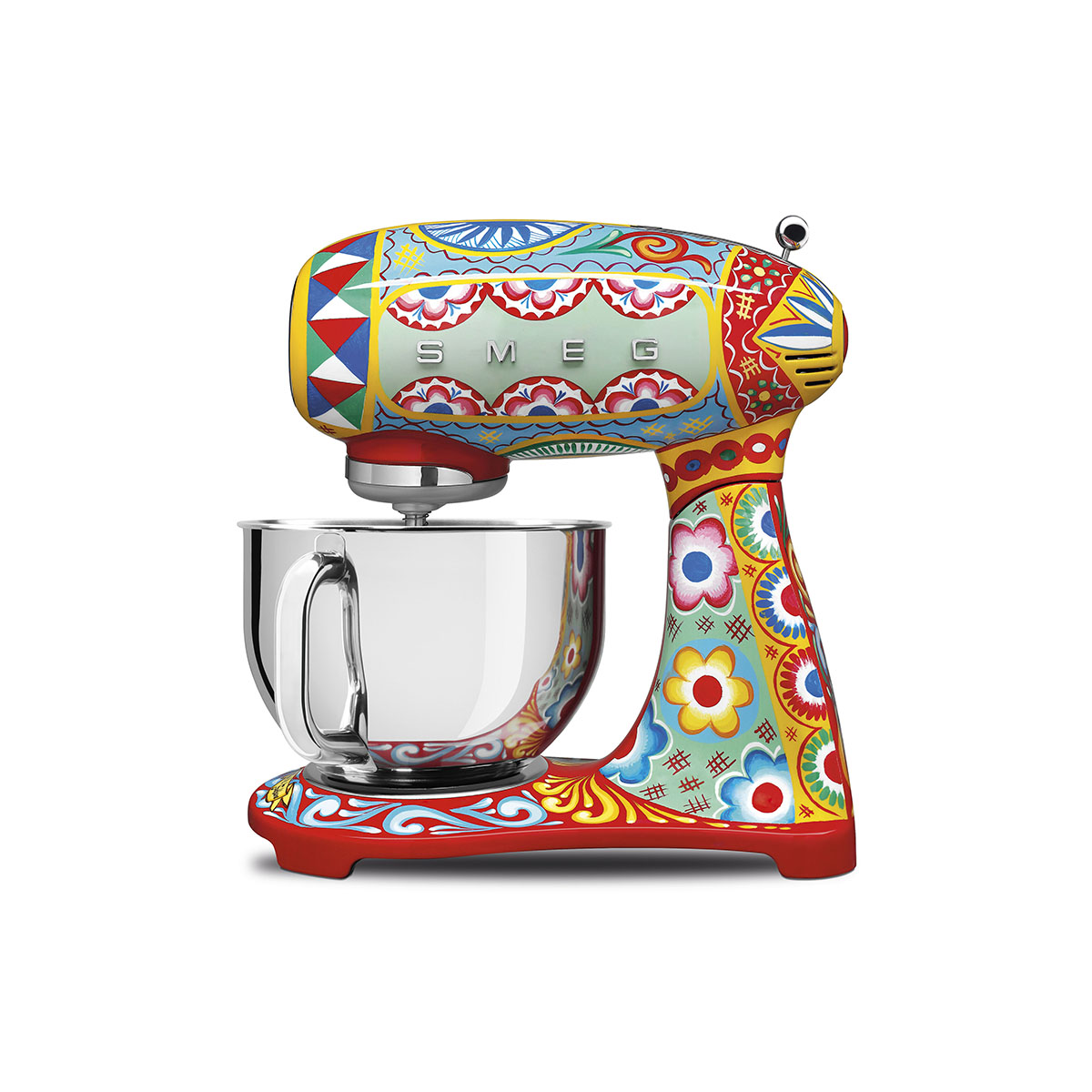
A mixer from the Dolce & Gabbana x Smeg collection
LUX: Can you tell us about your collaborations with fashion houses?
Vittorio Bertazzoni: So the collaboration started with Dolce & Gabbana four years ago, but we started to think about the collaboration with Domenico Dolce ten years ago. So it is not something we did over night. As Italian companies, we share values and Italy, from my point of view, is quite well regarded when it comes to food, lifestyle, fashion and design so it is already linked together and the combination of fashion and design feels very natural. The aim of collaborating was to create something new and I think the result was pretty remarkable in that sense that the produce is unique and special. It wasn’t easy to translate the pattern, especially onto the smaller domestic appliances because the patterns are really, really precise and handmade. It took us 3 or 4 years to get the right technology. If you think about a kettle or toaster and working with the curves of those appliances as well as the liquid – the pattern has to be resistant to that kind of temperature. I have to say we are very pleased with the result. I think it is a good example of how sometimes design is not only design, but also technology. We will hopefully continue to work on new ideas together.
LUX: What are the challenges of being a family business?
Vittorio Bertazzoni: The obvious challenge for a family are the roles each person plays. You have to be very clear that one member of the family is a shareholder and another is a manager of the company. In Italy we struggle because in a typical family business you have family and shareholders and then you think that since you are a shareholder you have no option, but to be involved in the everyday business which is not the case. If we look at the US or even in the UK, the two roles are very different. You can, of course, be a shareholder and even work in the company, if you have certain attitudes and if you are engaged. Otherwise, you shouldn’t, as being a shareholder is also a job. It is not as if you just sit and wait for the dividends. Most of the time, family businesses are medium sized so the distinction of being a shareholder and being a CEO or whatever is still not very clear, so there is a challenge for the management of the company to understand this and be prepared for this. I see that there has been a big revolution recently in the stock market, more family businesses are going public and this helps a lot, as when you are not a close company you have to apply to certain rules and you have other stakeholders.
LUX: How has the nature of your business changed over the past few years with regards to digitisation and social media?
Vittorio Bertazzoni: The appliances industry has been regarded for many, many years as quite a conservative business. A fridge is a fridge, an oven is an oven. More recently, due to social media and the attitude of the consumer, the lifecycle of the product in terms of how long a product can last and the consumer demand to get the newest design and the newest collection has changed. Ten years ago, people didn’t have the desire to have so many changes in a product’s design. For example, Smeg is known for the retro style of refrigeration, maybe until a few years ago the cream, the black and the red were high selling products, but now, we see huge differences in colour preferences.
Read more: The must-visit destinations of 2020 by Geoffrey Kent
LUX: In terms of challenges in the future, do you think that this kind of universal visibility will become a challenge for you?
Vittorio Bertazzoni: I think Smeg has a unique place in the appliances market. We are very much about design, colour and putting together architects and designers to create distinctive appliances. So in this world of social media, where everybody is aware of what is available, I think we are in a good position. That doesn’t mean, of course, that is is easy and I think this really goes to the nature of being an Italian company, of our products being made in Italy. If you think about something made in Italy, you think of something distinctive and unique, not standard or a commodity product. I think that the consumer wants to be surprised by a product which is made in Italy – that is the very essence of the word. You think about Ferarri and Ducati, Armani, Dolce & Gabbana and Prada. The challenge we have is to not create different products for the sake of being different, but because they are truly different and they can add value to your flat, your house, your home.
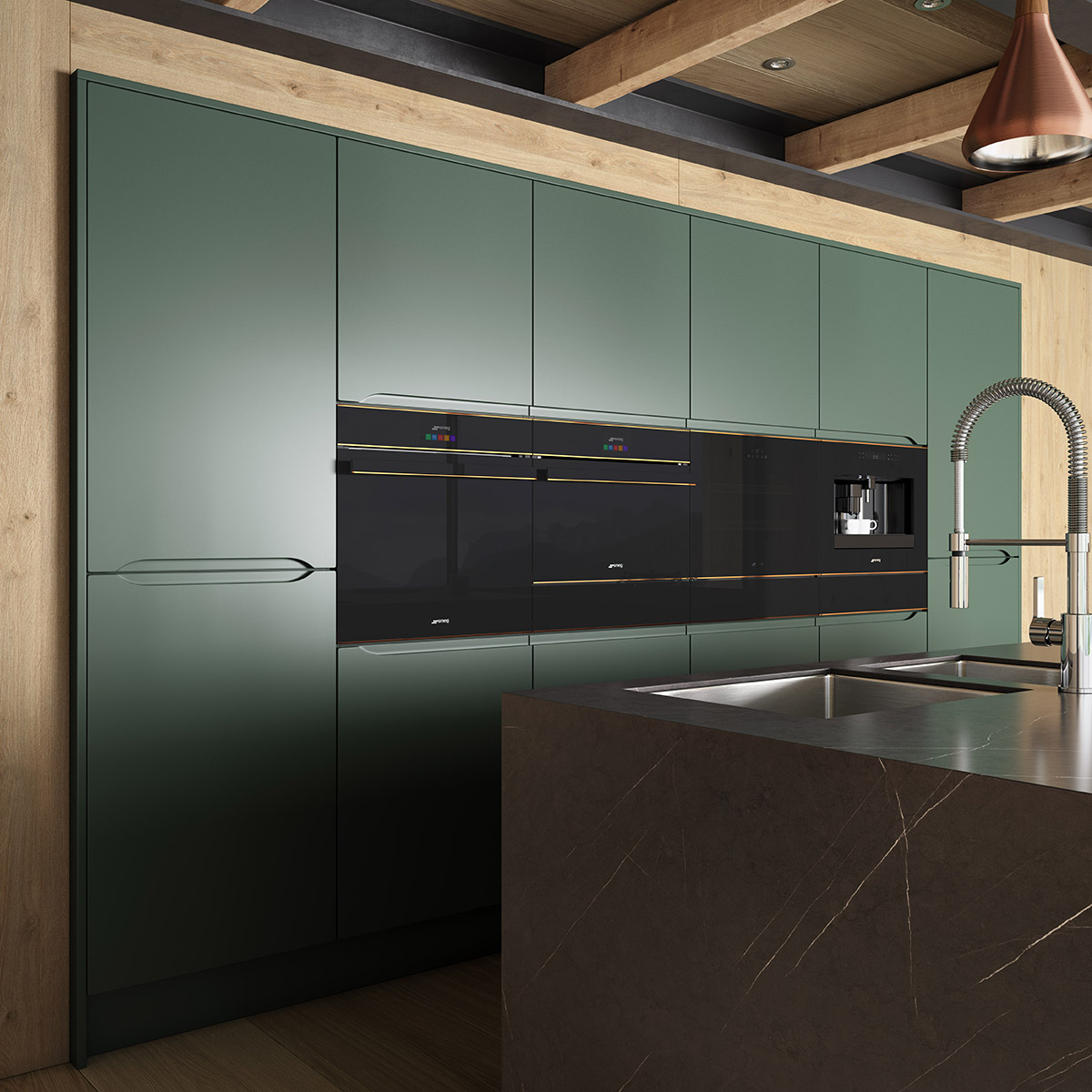
The ‘Made in Italy’ concept is at the heart of Smeg’s design ethos
LUX: It sounds like the ‘Made in Italy’ ethos is very important for you?
Vittorio Bertazzoni: No doubt it is. Made in Italy is a concept that goes back centuries to the Renaissance when Italy started to nourish the beauty of the buildings and the architecture within towns, the paintings and sculptures. In Italy we are surrounded by the beauty of the country and the beauty of art everywhere. The Made in Italy concept is in the DNA of Italian people. For us, as a design led company it is very important for us to have our production in Italy which obviously doesn’t mean we are not open to the world – we are a global brand with 85% of our products sold outside of Italy – but we can see that people really like the Made in Italy concept and the care of our design. From this point of view, you could say that Italy itself is a global brand.
Read more: Artist Henrik Uladlen on the concept behind his latest exhibition
LUX: Can you tell us more about how you work with architects and what is your criteria for choosing partners?
Vittorio Bertazzoni: So first of all, from my personal point of view, I believe that architecture is the ultimate form of art. This I learnt from Michaelangelo as he used to say, painting is a very fine art but in the end it is not so difficult and not so important… sculpture, is a more evolved form of art it is three dimensional, but still architecture is the ultimate form of art. This is not my original thought, this was Michaelangelo’s thinking. Architecture is always going to influence a lot of people; if you have a nice building you have a huge impact on people and in the end, humanity. If you have a bad painting you can remove it, but if you have a bad form of architecture you are going to have a bad influence for a long time because you don’t have the opportunity to cancel the building and do a new one. By saying that I am explaining why we love to work with architects because generally speaking they have a vision for the future which is quite unique and when they design an oven, hob or a refrigerator they go about designing it as they would design a building or something that should last a long time. In fact the product we designed with the architect Renzo Piano, which was designed in the mid nineties, is still one of the best sellers because these products don’t age, they are beautiful and unique. I understand it’s hard for people to compare an oven or a refrigerator with buildings like the Guggenheim or the Shard but if you study it, the approach is the same. A beautiful product made by an architect can last a long time.
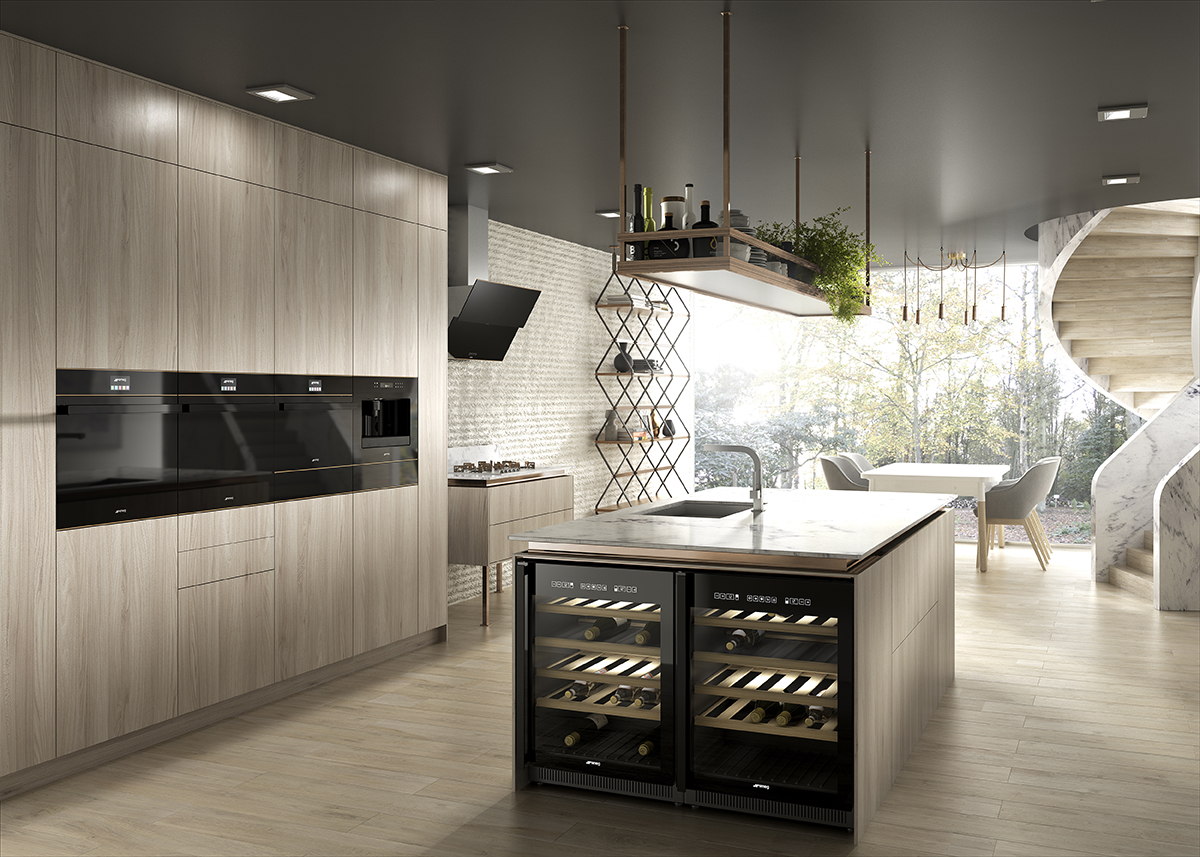
LUX: Smeg has long had impressive environmental credentials, whilst it seems that other companies are only catching up now. How have you seen attitudes towards sustainability change in the industry?
Vittorio Bertazzoni: That is right, it is part of our commitment as a family, I have learnt it from my father and he learnt it from his father. Obviously, this is something that happens everyday, it is not something that happens just one day, you have to work on it daily and sometimes you make a little step ahead, sometimes you can make a huge step with a very good innovation and ideas. But most of the time it is really having the idea and being consistent in everything you do. There is no doubt that the industry, in general, has improved a lot in the past 10-15 years. When I began in the company, I remember a dishwasher used 50 litres of water which has gone down to around 6.5 litres, I mean the saving is amazing on a global scale. Instead of hand washing your dishes, if you now own a dishwasher you use 1/10 th of the water used and ⅓ of the energy used than if you washed by hand. The new technology in refrigeration now allows a saving of around 700-750 euros per year of food waste because food can be preserved much longer. All this is really interesting and I see these concerns becoming more and more relevant. As as a company have introduced a new blast chiller, which is a very powerful refrigeration unit that can blast -30 degrees to the core of the product, which will allow you to save all the food that you have cooked and preserve it for longer. This is different from the concept of a standard freezer which goes down to -18 degree, but also our unit takes all the food down to that temperature very safely with no bacteria. I believe it is a revolutionary product and I am very happy that after a few years we are now out in the market.
LUX: Do you fear imitators?
Vittorio Bertazzoni: Well obviously, competition is always there and we have to accept that it is good for the customers on some level, but of course imitating is stealing ideas so we have to protect ourselves. Still, I believe by being innovative and forward thinking in terms of design and technology, we shouldn’t have to fear too much. It is a challenge, but I think it’s possible.
Find out more: smeguk.com
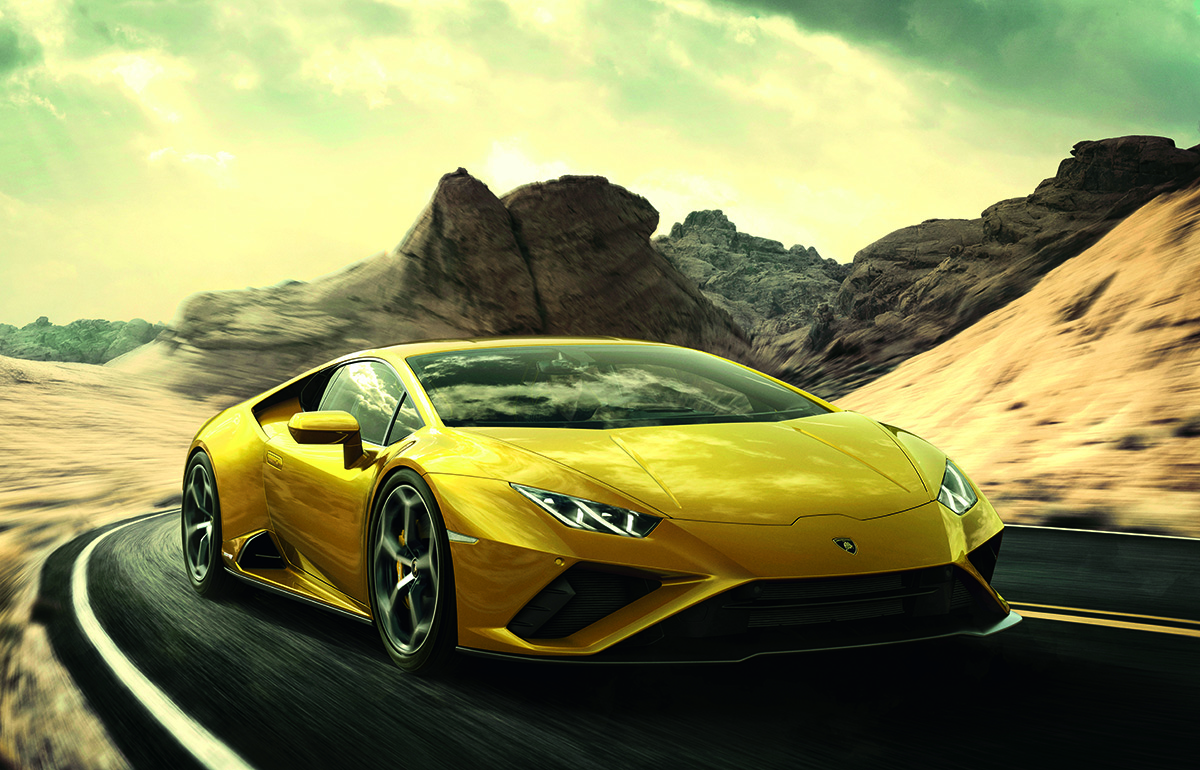
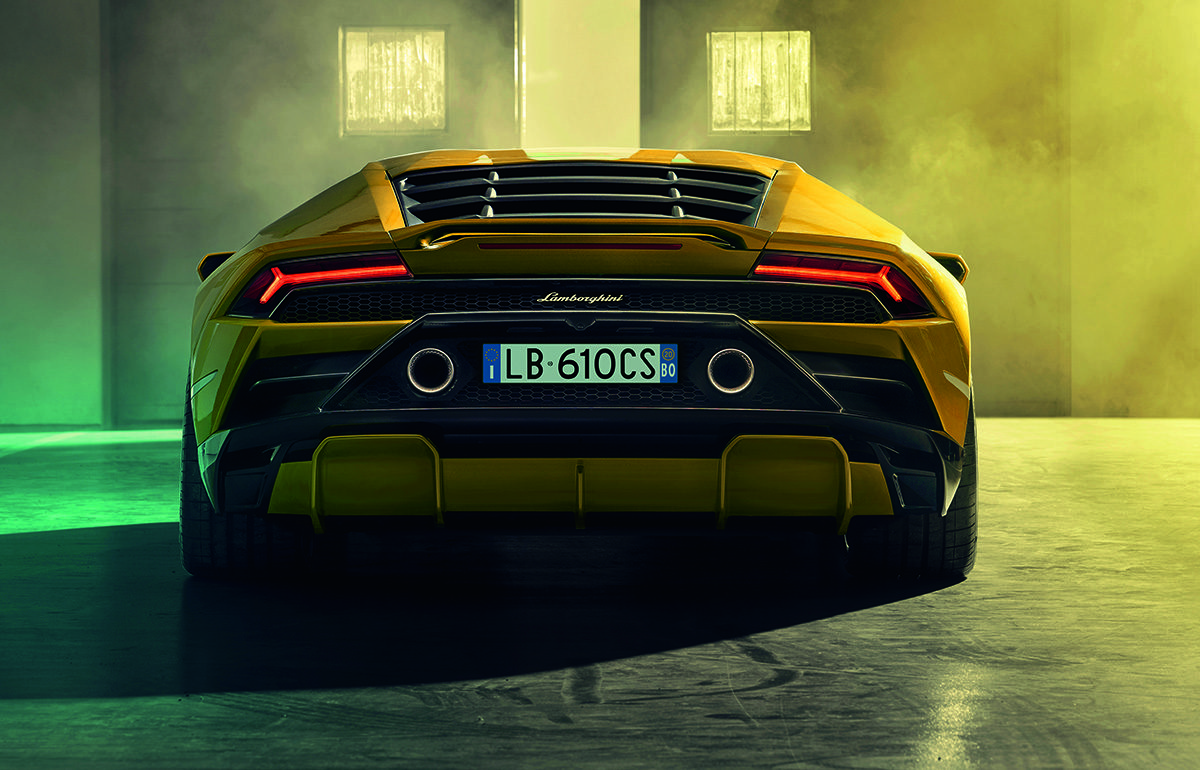


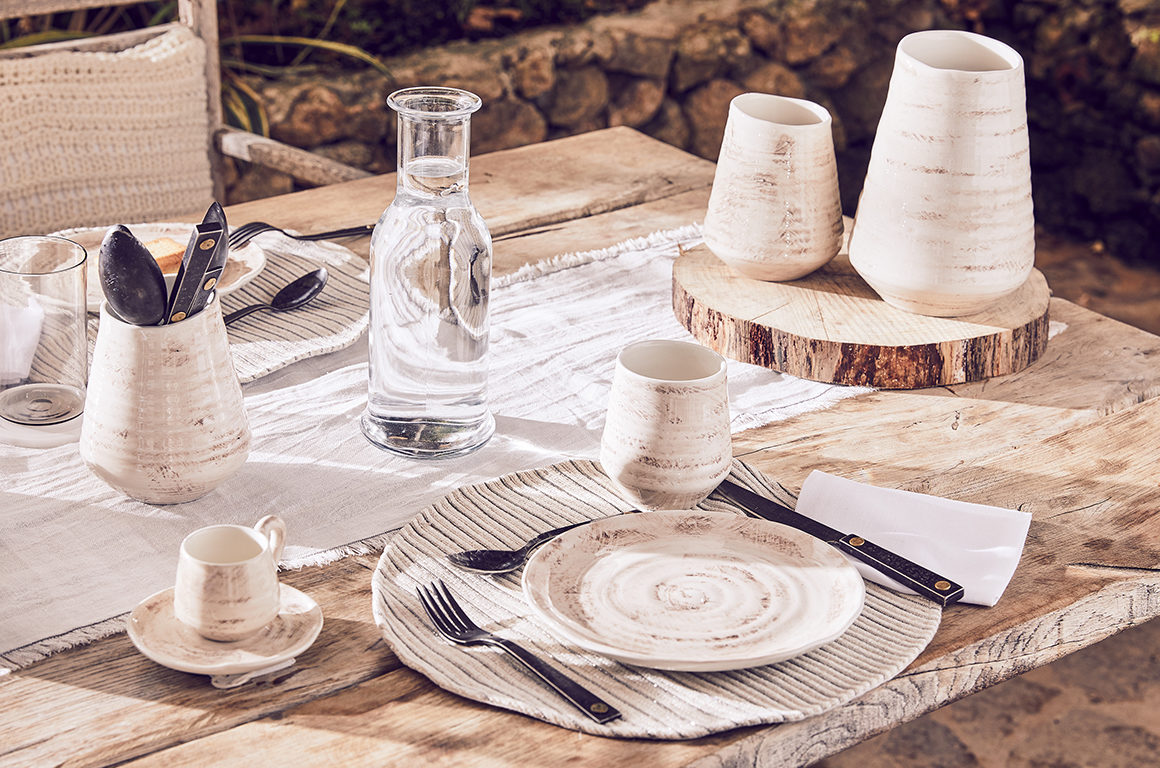
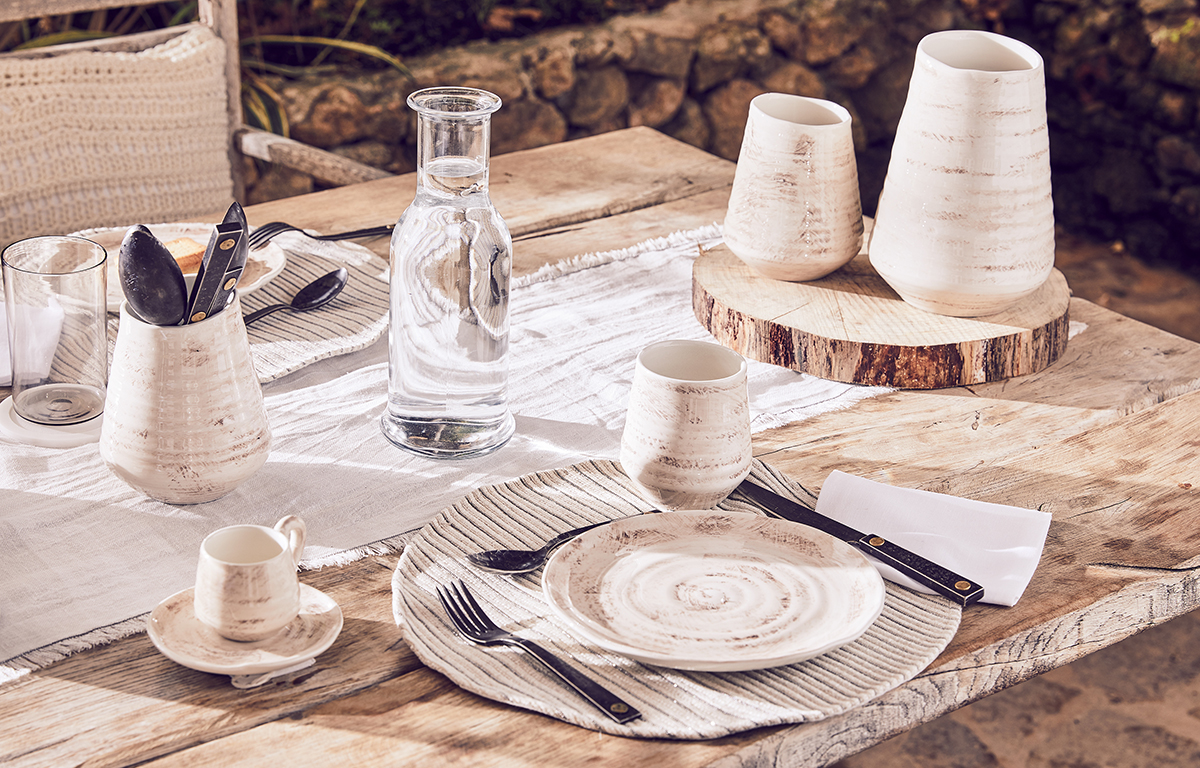
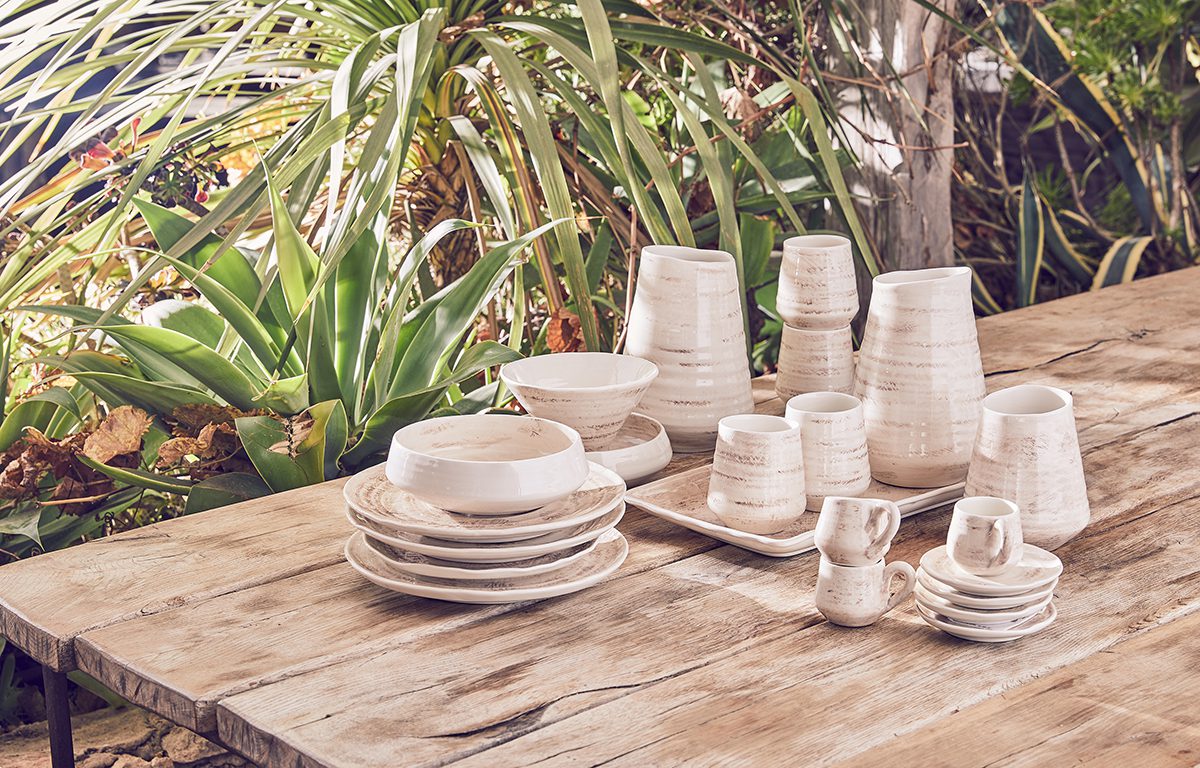
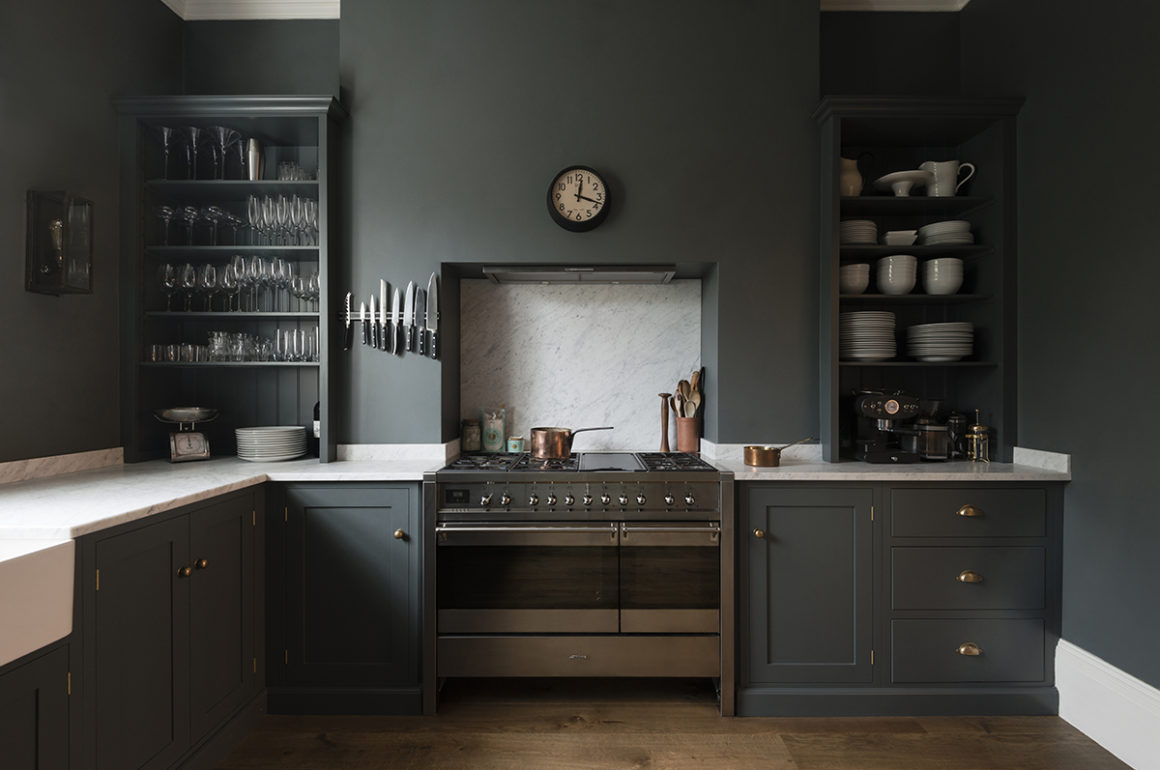





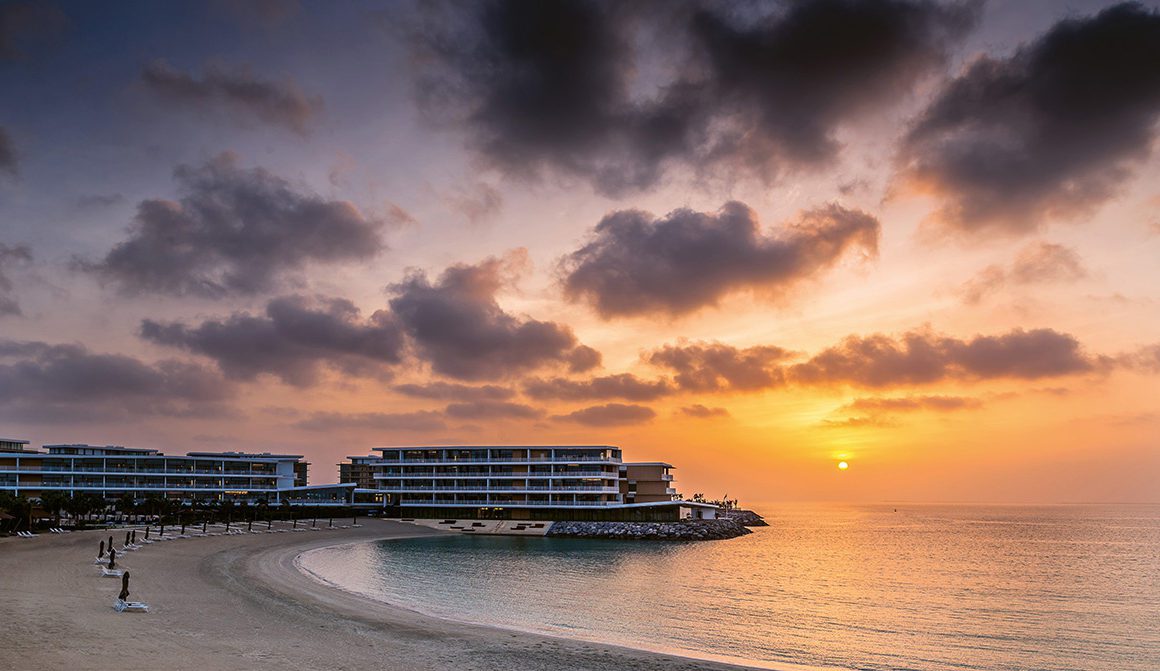
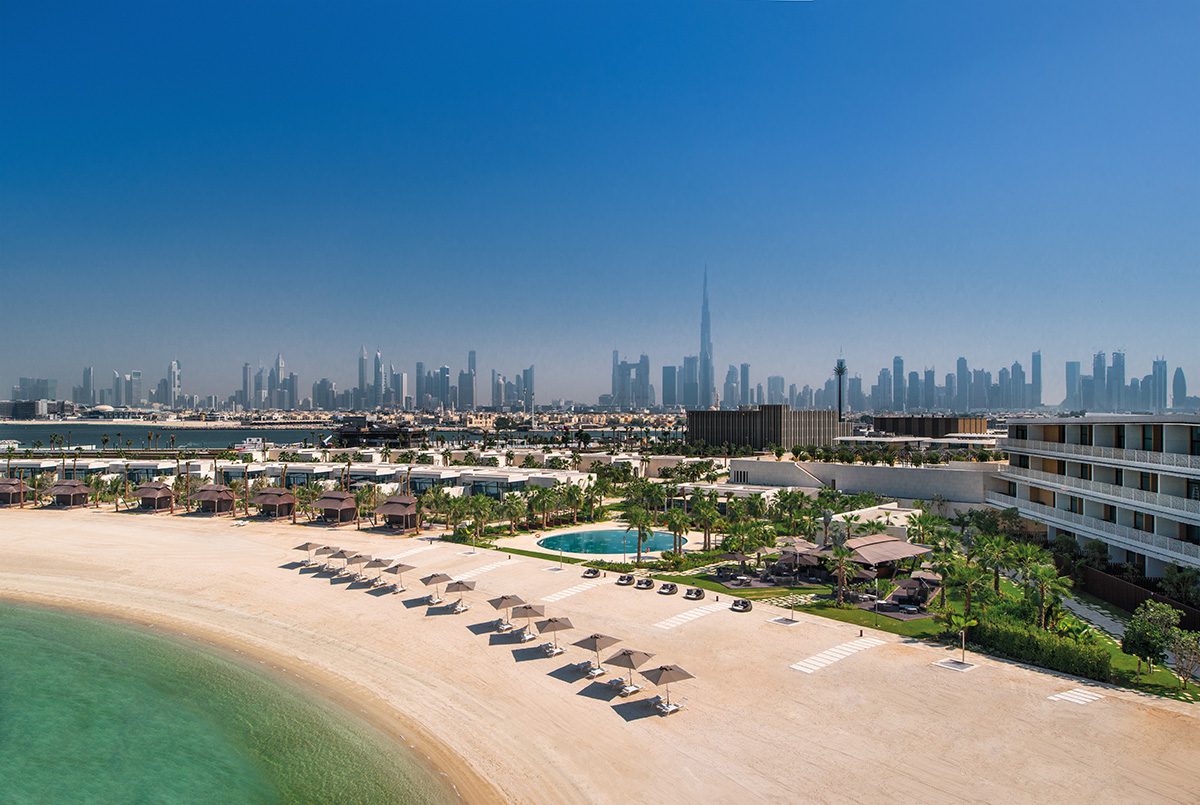
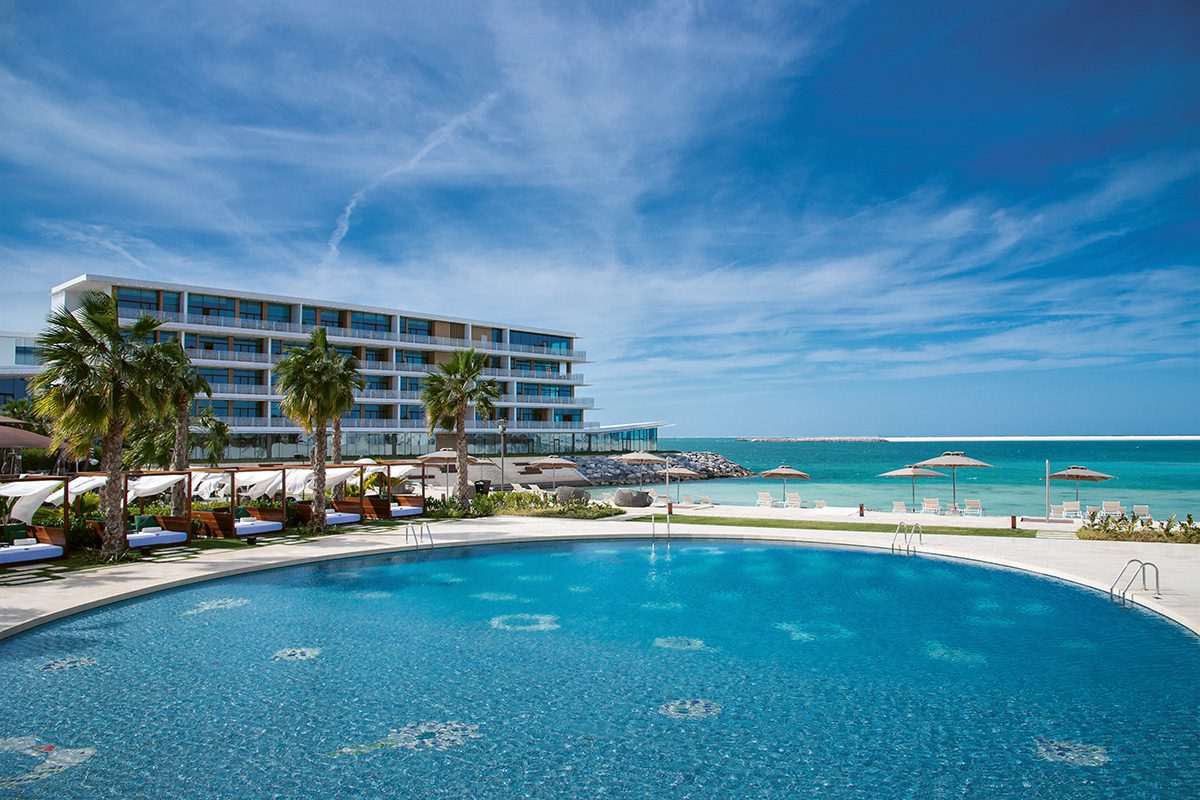
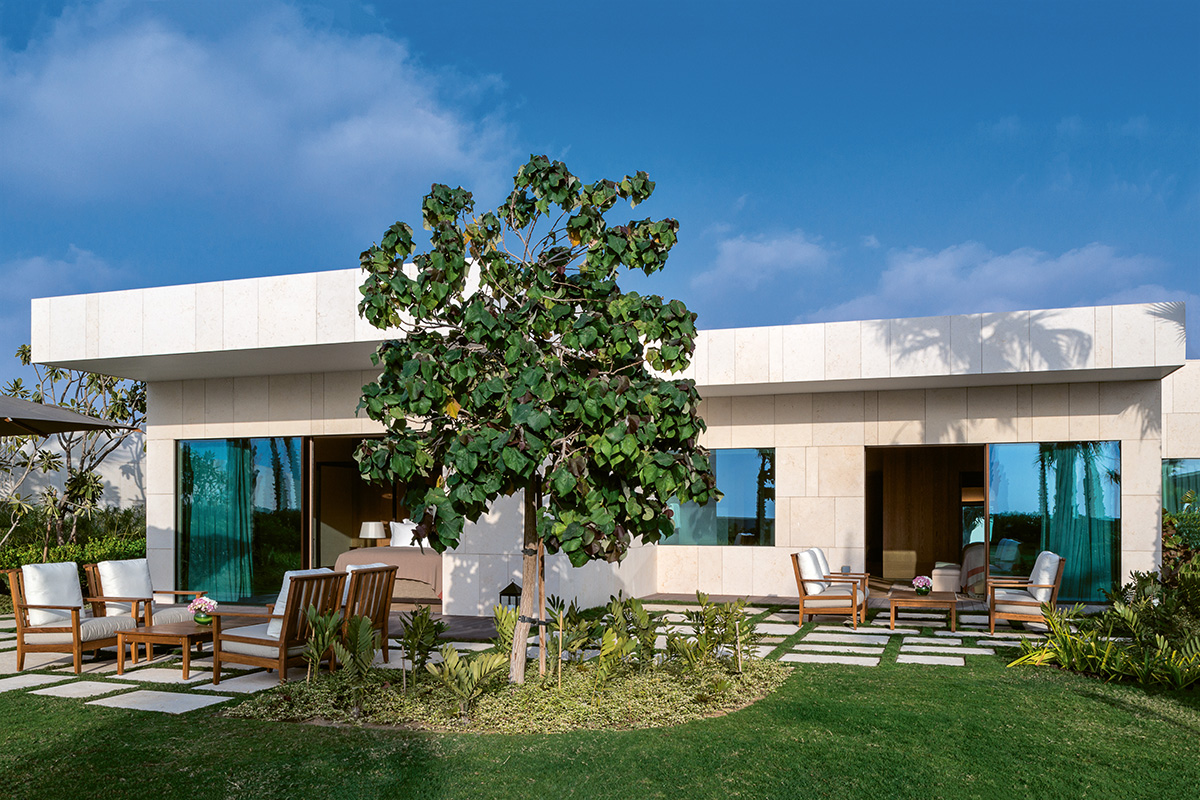

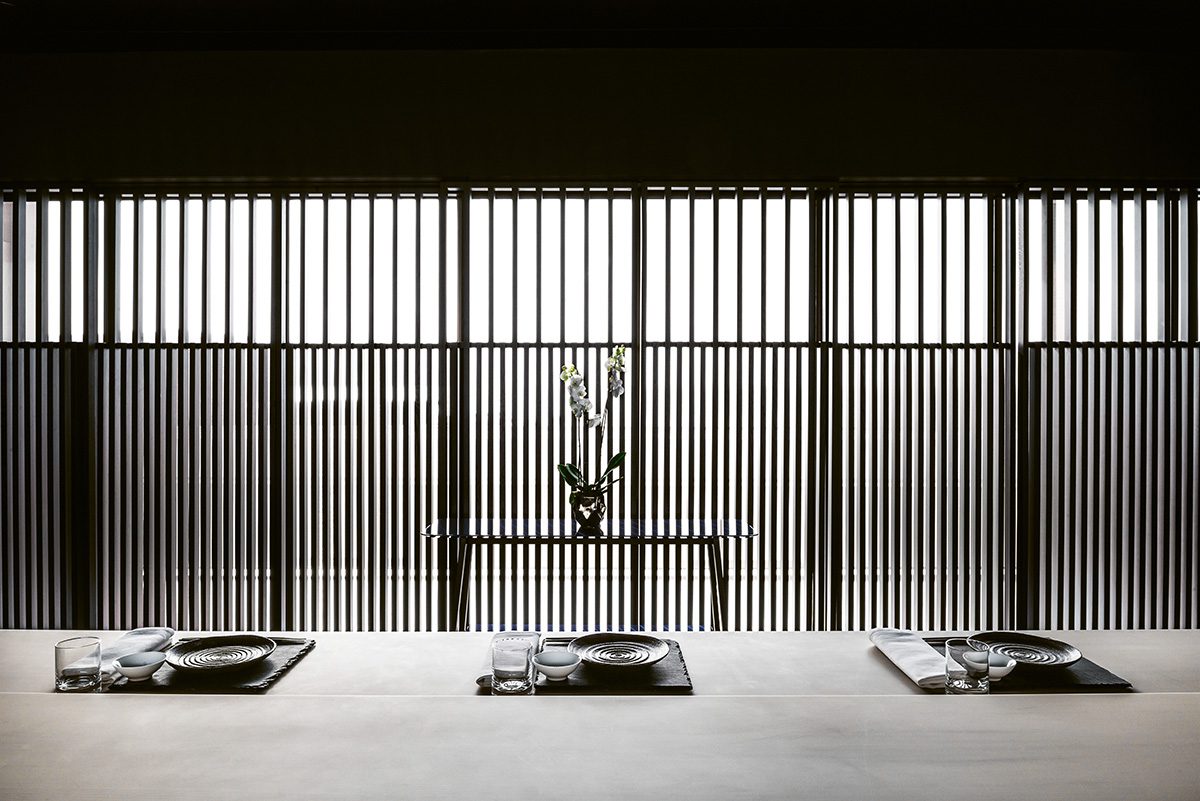
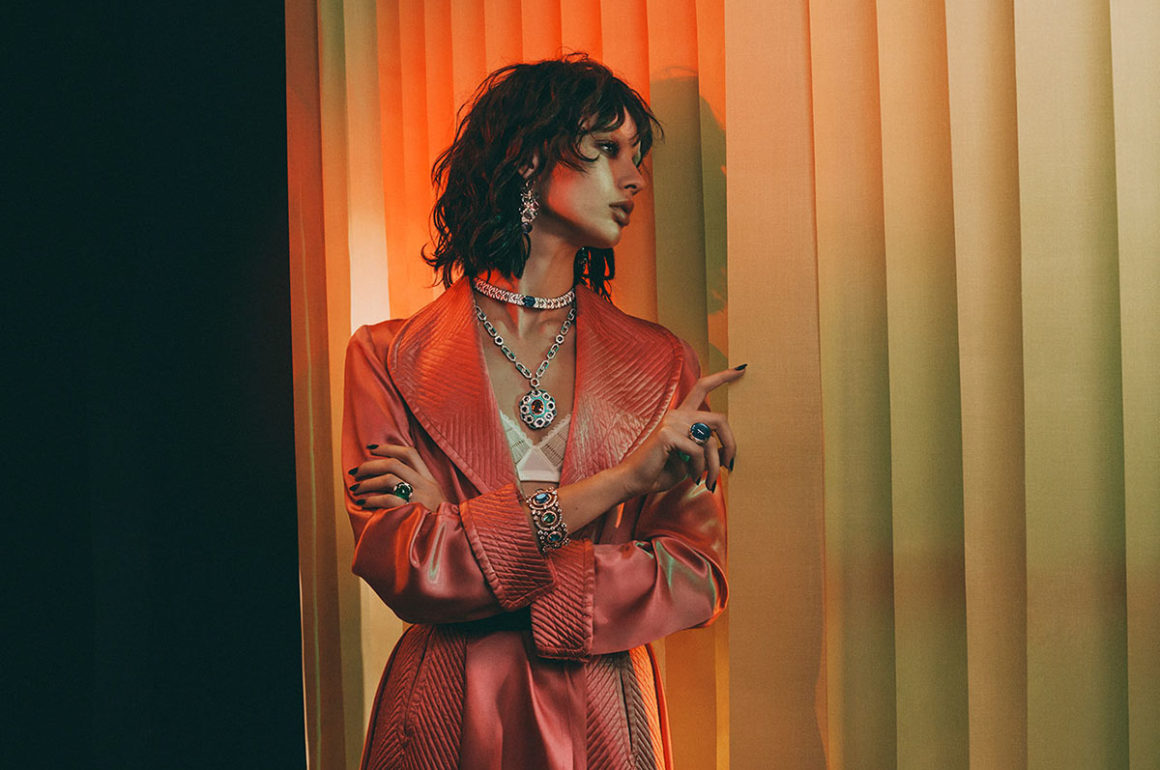
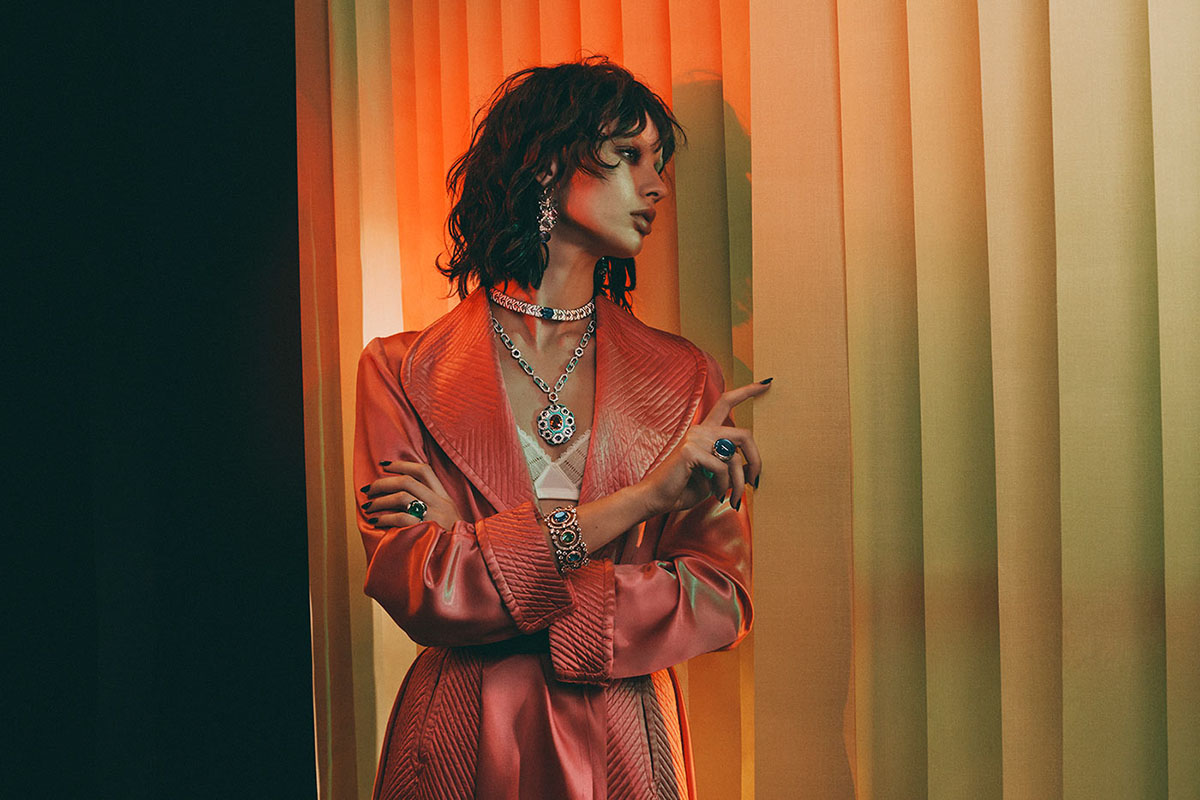
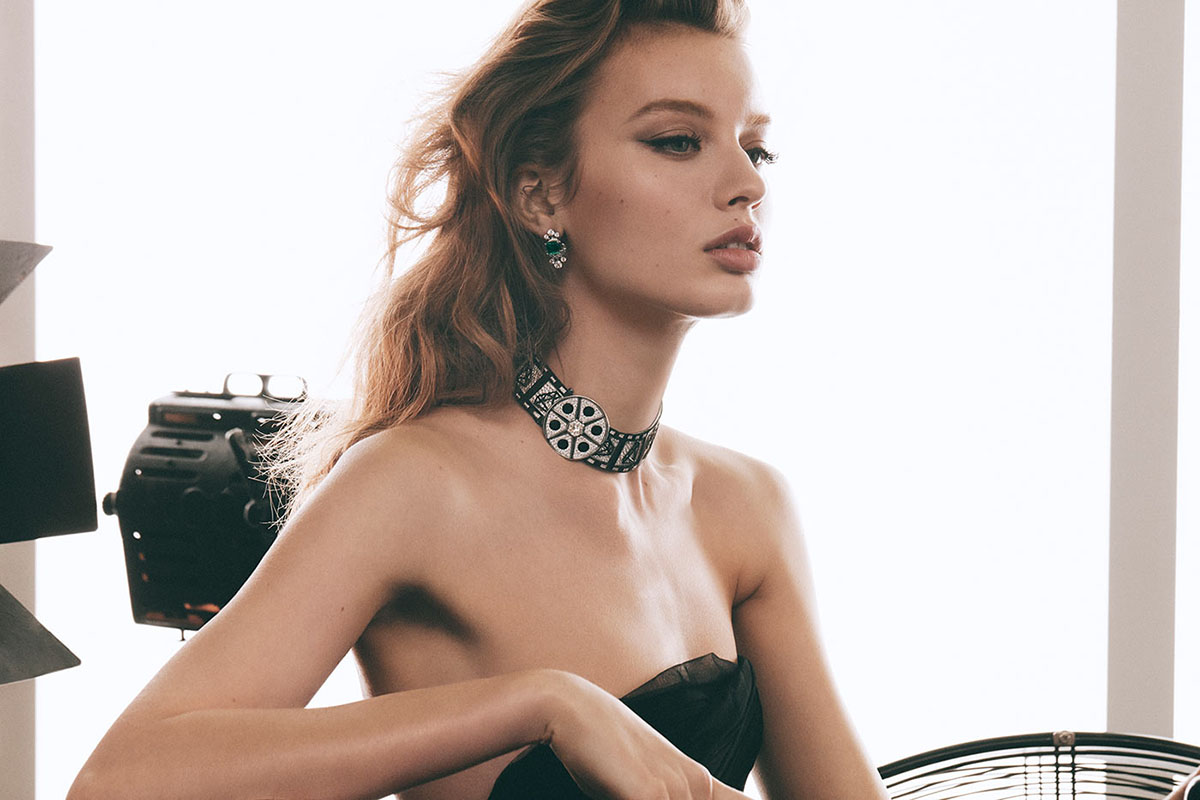
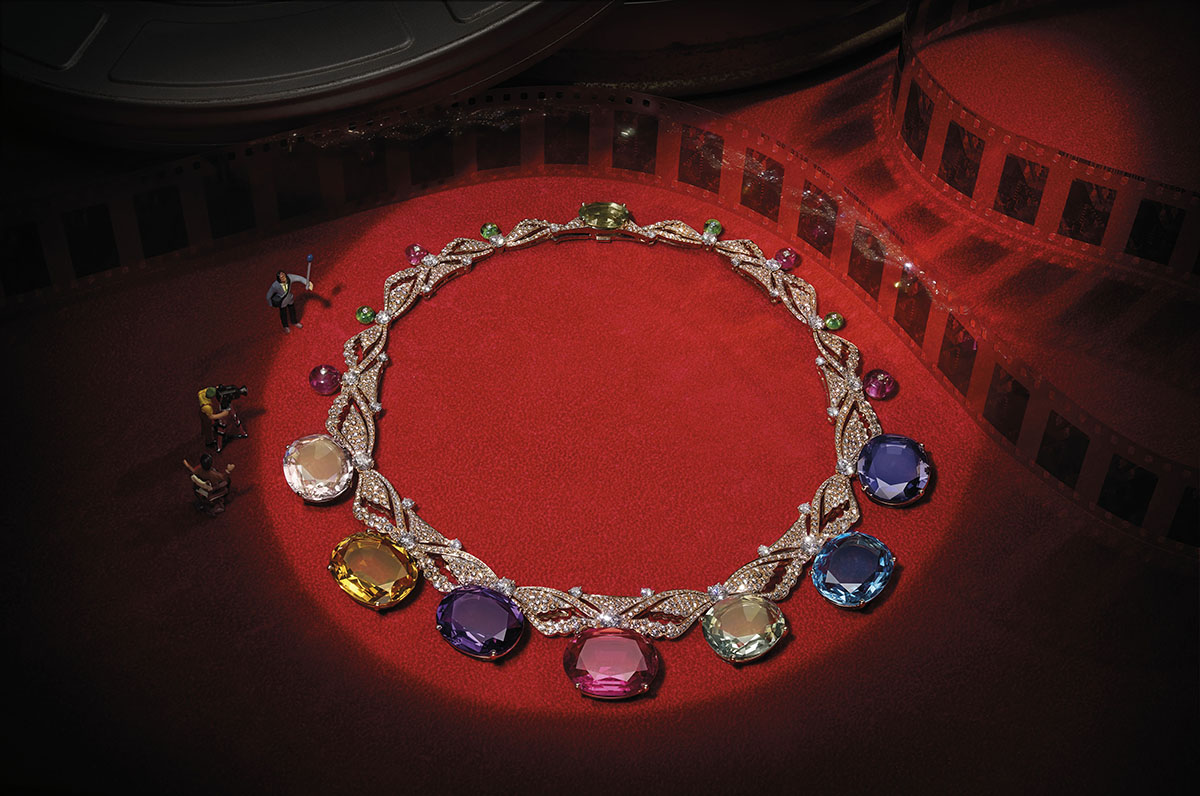

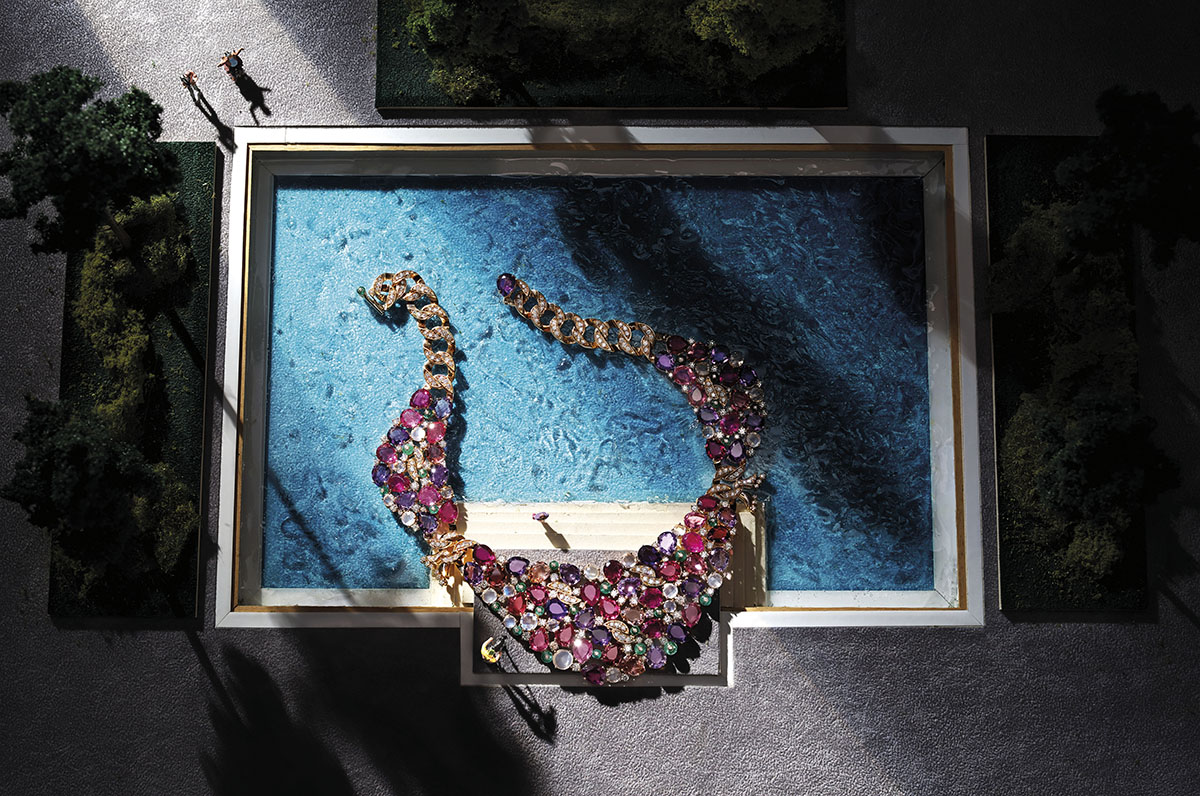





Recent Comments